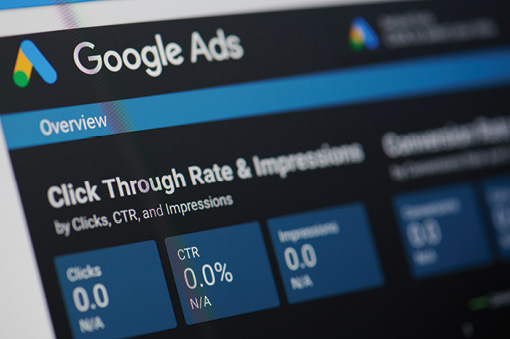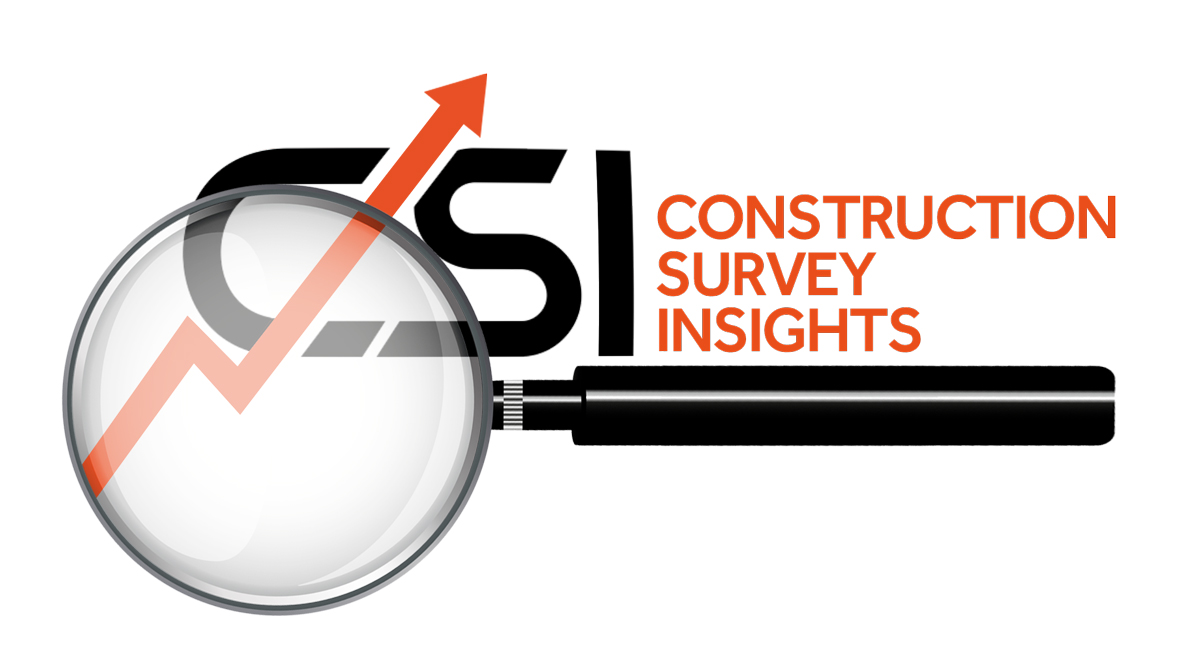By Jeff Fitzgerald and Ryan Odom, CliftonLarsonAllen LLP
Pass-through entities electing to pay taxes at the entity level may now need to consider U.S. GAAP implications. Learn certain considerations and complexities that could surface.
Reaction to the Deduction Limit
In 2017, the Tax Cuts and Jobs Act added a limitation on the deductibility of state and local taxes for individuals of $10,000 annually ($5,000 in the case of a married individual filing separate). This limitation is effective for tax years beginning in 2018 through 2025. In general, this limitation does not apply to state and local taxes imposed on entities — e.g., a business tax imposed on a pass-through entity that is reflected as a reduction of an individual owner’s distributive or pro-rata share of income or loss.
Certain states have responded to the state and local tax deduction limit for individual owners of pass-through entities (generally, Partnerships or S Corporations) by enacting a pass-through entity-level income tax (either elective or mandatory). In most instances, the state also provides owners (shareholders or partners) of pass-through entities a state tax benefit in the form of a full or partial credit, deduction, or exclusion.
IRS Notice 2020-75 was issued on November 9, 2020 (the Notice), and states the Treasury Department and the IRS intend to issue proposed regulations in connection with a tax deduction related to amounts “… paid by a partnership or S corporation to a state, political subdivision of a state or the District of Columbia (domestic jurisdiction) to satisfy its liability for income taxes imposed by the domestic jurisdiction on the partnership or S corporation” (pass-through entity tax or “PET”).
The Notice defines these payments as “specified income tax payments,” which are deductible by the pass-through entities in computing their non-separately-stated income or loss. Further, the Notice clarifies that a PET can either be mandatory or elective and include a deduction or credit to the owners of the pass-through entity. To date, the proposed regulations mentioned in the notice have not been released, nor has there been any further guidance issued.
Income Taxes Attribution
Management of pass-through entities need to analyze whether a PET is attributable to its owners or the pass-through entity. If the PET is attributable to owners, it is accounted for as an equity transaction pursuant to the implementation guidance contained within ASC 740-10-55-226 through 55-229.
Notably, if a PET is determined to be attributed to owners, a disparity between the treatment for financial reporting purposes and tax return purposes could arise. That is, for financial reporting purposes, the PET could be treated as a distribution/equity transaction, and for tax return purposes, the pass-through entity may be able to take a deduction against federal taxable income for state and local taxes imposed on the entity pursuant to the Notice.
On the other hand, if a PET is determined to be attributable to the entity, the PET is accounted for in accordance with ASC Topic 740, Income Taxes.
Some factors management of a pass-through entity might want to consider when determining whether a PET is attributed to the entity or its owners include:
Are the pass-through entity owners permitted to file a tax return and claim the payment(s) of tax by the entity against owner income taxes?
Is the tax base of the PET computed by income or loss of the entity or the attributes of its owners?
Is the PET liability joint and severally liable by the owners of the pass-through entity?
Are the laws and regulations such that the taxes paid by the entity are on behalf of its owners?
Objectives and Scope of ASC 740
ASC 740-10-10-1 provides two main objectives related to accounting for income taxes. The first is to recognize the amount of taxes payable or refundable for the current year (current taxes payable). The second is to recognize deferred tax liabilities and assets for the future tax consequences of events that have been recognized in an entity’s financial statements or tax returns (deferred taxes).
ASC 740-10-15-2 states “the principles and requirements of the Income Taxes Topic [ASC 740] are applicable to domestic and foreign entities in preparing financial statements in accordance with U.S. generally accepted principles (GAAP), including not-for-profit entities (NFP) with activities that are subject to income taxes.”
ASC 740-10-20 defines “taxable income” as the “excess of taxable revenues over tax deductible expenses and exemptions for the year as defined by the governmental taxing authority.” It is implied that a tax based on income includes a tax based on a measure of revenue or gains less expenses or losses and should generally be accounted for under the provisions of ASC 740 (i.e., current and deferred income tax accounting).
Management of pass-through entities must use judgement determining whether a particular tax is within the scope of ASC 740, as there are taxing jurisdictions that compute tax due on a wide variety of bases that could be less than a comprehensive measure of income, but still fall within the scope of ASC 740.
Complexities of ASC 740 and PETs
If it is determined a taxing jurisdiction’s PET is attributed to the entity, and therefore within the scope of ASC 740, entities should evaluate the requirements for related current and deferred tax effects recognized within the financial statements. Management should also evaluate whether there are factors that could impact the timing of recognition and measurement — including whether the PET is mandatory vs. elective, if elective, for what period(s) of time, and requirements for revocation of an election, among other factors.
In accordance with ASC 740-10-45-15, if an income tax is mandated by statute, the related tax effects should be recognized in the period that includes the enactment date. Any relevant deferred taxes should be measured at the enacted tax rates at which they are expected to reverse.
Additional complexities may arise if the PET is an election. Certain jurisdictions permit entities to elect to be subject to a PET for certain period(s) — typically a single annual period. The PET election is generally effectuated with or by the timely filing of the entity’s tax return, and typically does not require approval or review of the relevant taxing authority. In these instances, a question arises as to the proper timing or tax year to account for the PET within the financial statements.
One view may be that the PET is a change in tax status by analogy and, in accordance with ASC 740-10-25-33 and 25-34, should be accounted for when the PET election is filed (if no tax authority approval is necessary). This view may preclude an entity from recognizing deferred income taxes if the election is on an annual basis (i.e., the effective date of the election does not exceed one year).
Another view may be to account for the PET election within the financial statements once management has developed and can support its intent and ability to do so in accordance with ASC 740-10-55-23. This view would also contemplate future intended elections of management with respect to the PET.
Other complicating factors might include:
PET regimes that are only in effect when an entity is in a taxable income position
Accounting for estimated tax payments made by an entity prior to the effective date of accounting for the PET as an income tax of the entity
Jurisdictions that compute PET based on the income attributable only to owners who have elected to be subject to the PET
Realizability of any deferred tax assets, if applicable
Certain PET regimes that permit loss or credit carryforwards that may only be realized by an entity’s current or future taxable income under the PET regime
Election and revocation requirements as enacted by each taxing authority
How CLA Can Help
PET elections can create a wide variety of complexities within financial statements. Our dedicated team of ASC 740 professionals can work closely with you to assess your facts and circumstances and further analyze the potential financial statement impacts of PETs.
For more information on pass-through entity taxes for construction entities, contact Craig Olsen at craig.olsen@CLAconnect.com or 715-852-1150.
RF
The information contained herein is general in nature and is not intended, and should not be construed, as legal, accounting, investment, or tax advice or opinion provided by CliftonLarsonAllen LLP (CLA) to the reader. For more information, visit CLAconnect.com.
CLA exists to create opportunities for our clients, our people, and our communities through our industry-focused wealth advisory, digital, audit, tax, consulting, and outsourcing services. CLA (CliftonLarsonAllen LLP) is an independent network member of CLA Global. See CLAglobal.com/disclaimer. Investment advisory services are offered through CliftonLarsonAllen Wealth Advisors, LLC, an SEC-registered investment advisor.


















